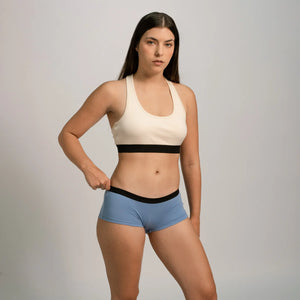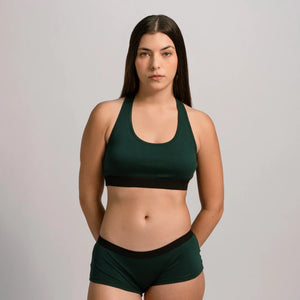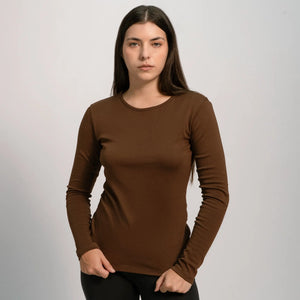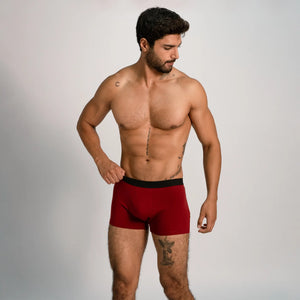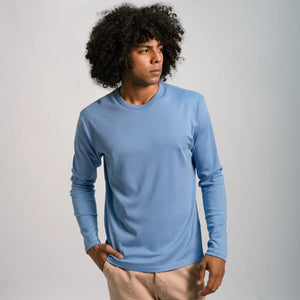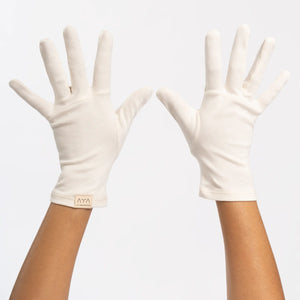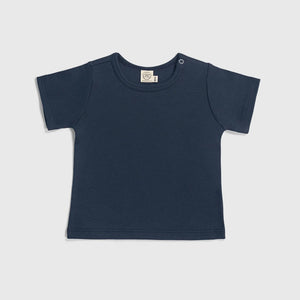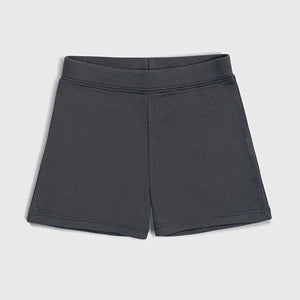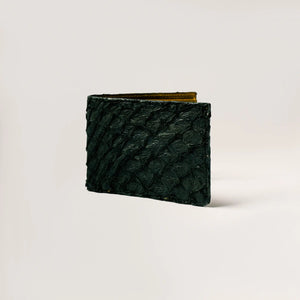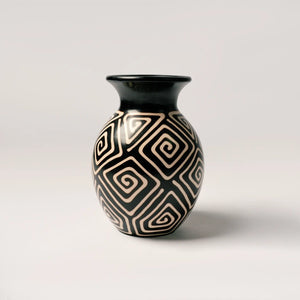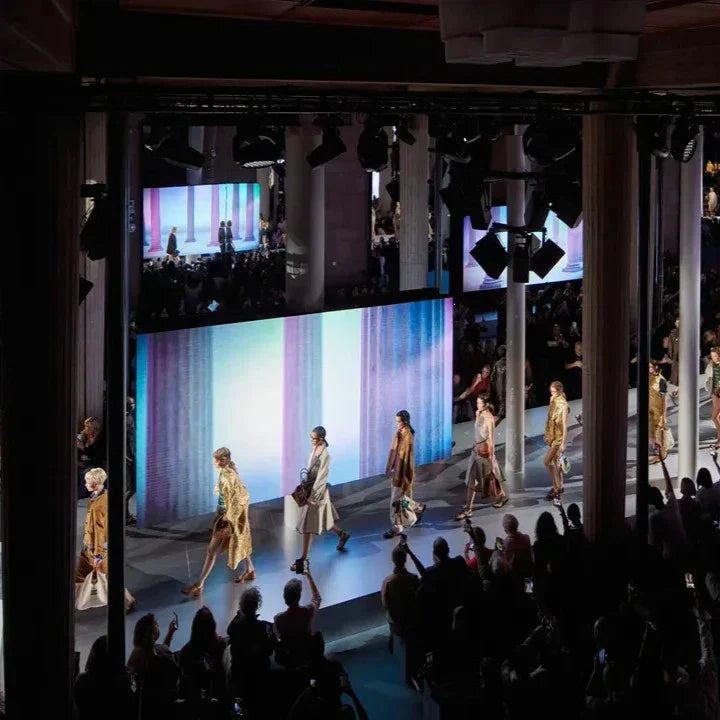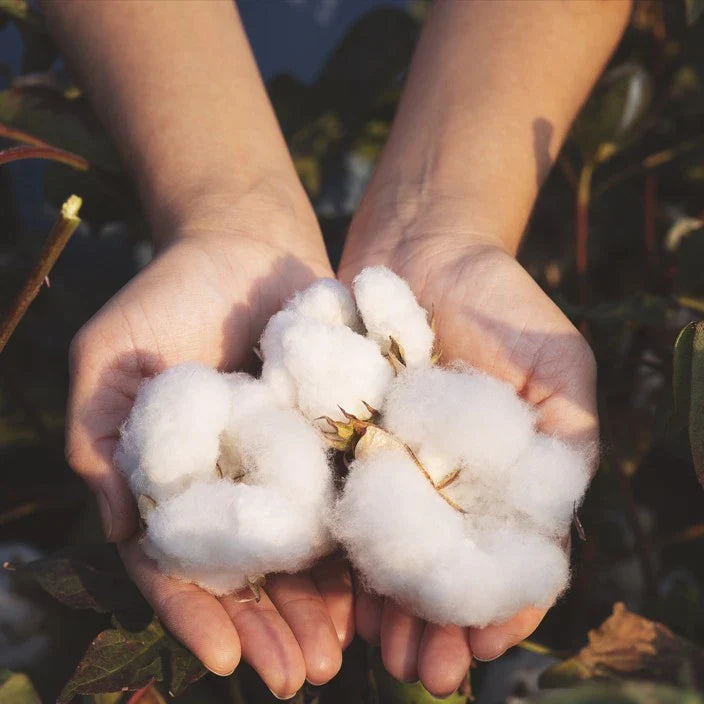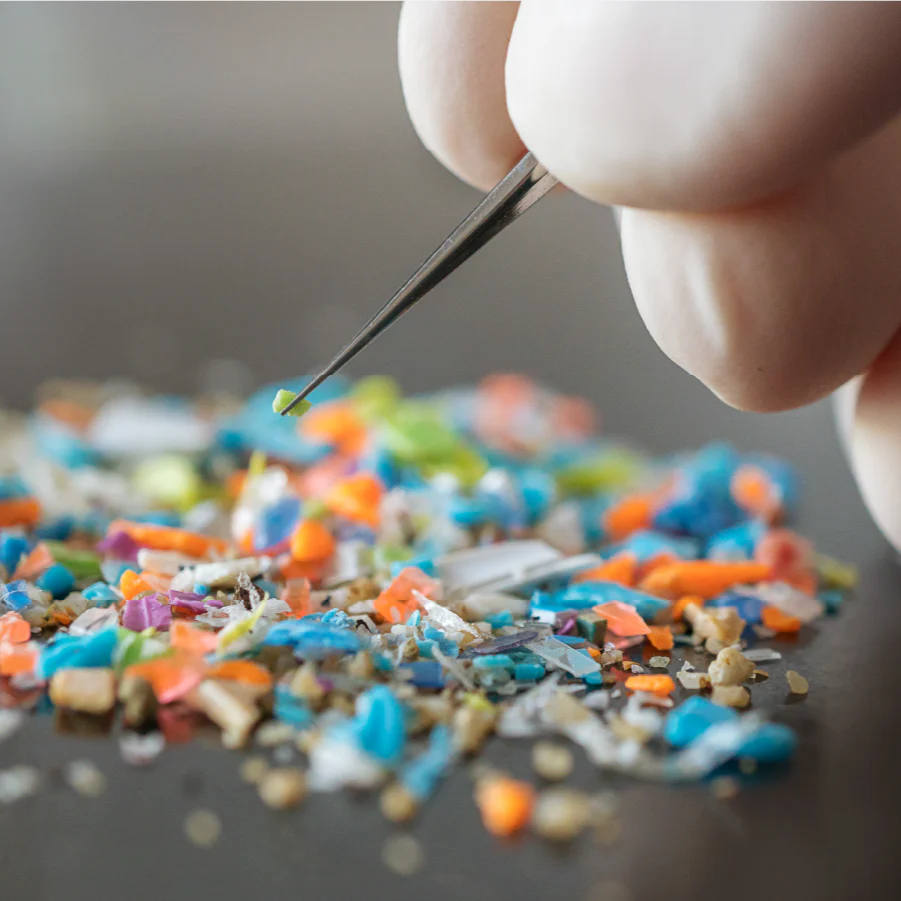France’s Ban on Ultra-Fast Fashion: What the New Law Means for Sustainability and the Future of Clothing


AYA | JULY 31, 2025
Reading time: 3 minutes
By: Alonso Sánchez Bastarrachea
AYA | JULY 31, 2025
READING TIME: 3 minutes
By: Alonso Sánchez Bastarrachea
With 337 votes in favor and just one against, the French Senate on June 10, 2025, approved a landmark bill aimed at curbing the devastating impact of ultra-fast fashion.
Proposed by parliamentarian Anne-Cécile Violland, the law still needs to pass through a joint committee with the National Assembly in the coming months and then be formally notified to the European Commission. Yet its initial approval already marks a turning point for the textile industry, sustainability, and conscious consumption — in Europe and beyond.
The legislation squarely targets the biggest players in ultra-fast fashion, calling out platforms like Shein and Temu for flooding global markets with massive quantities of low-quality garments. Shein alone reportedly releases about 290 new women’s styles every day — a pace of production that flies in the face of any meaningful environmental goal.
Notably, more “traditional” fast fashion brands such as H&M and Zara remain outside the law’s immediate scope, as the bill focuses on the most extreme practices driving overproduction and waste.

One of the most innovative features of the law is the introduction of an “eco-score,” a rating system that evaluates garments based on key environmental factors: greenhouse gas emissions, fabric recyclability, and the type of raw materials used. This score will determine whether brands are subject to additional environmental taxes, advertising restrictions, and limitations on influencer-driven promotions.
In short, the more harm a company causes to the planet, the more constrained its ability to market cheaply and influence consumers will become.
The bill also establishes specific eco-taxes for garments with poor environmental performance and introduces new transparency requirements for brands seeking to operate in the French market. According to France’s Ministry of Ecological Transition, these measures are vital to meeting the national goal of halving synthetic clothing production by 2030, in line with the European Union’s broader circular economy agenda.
Even though the law has not yet taken full effect, it already sends a clear signal: the days of compulsive consumption, throwaway culture, and reliance on plastic-based fibers like polyester and nylon are numbered. These practices are being challenged not only by increasingly conscious consumers but also by regulators ready to step in.
This legislative milestone also highlights the importance of supporting more sustainable alternatives — brands that have long worked with natural fibers, ethical processes, and timeless designs. France’s decision makes one thing clear: sustainability can no longer be treated as an optional extra. It is now a shared responsibility across the entire industry.
In France alone, 35 garments are discarded every second — more than 3 million pieces every day. Against that backdrop, the country has taken a decisive step in the fight against disposable fashion, one that will be closely watched by neighboring countries and even lawmakers in the United States.
The question is no longer if fast fashion needs to change, but when and how.
In the meantime, consumers still hold the power to accelerate that change. Choosing garments that last, opting for biodegradable materials, and supporting brands committed to people and planet are already shaping the future of fashion — one thoughtful choice at a time.
Changing Demographics and Preferences
The pandemic also highlighted shifting demographics in the fashion market. Younger consumers, particularly Gen Z and Millennials, became increasingly influential in shaping purchasing trends. Research from the Institute for Sustainable Fashion indicates that younger generations are more likely to support sustainable brands, with 83% of Millennials stating they prefer to buy from companies that share their values [7,8].
Moreover, with the rise of remote work, many consumers reported a preference for comfort over style. A study published in the Journal of Fashion Marketing and Management noted that comfort became the primary driver of clothing purchases for many consumers, with 65% prioritizing comfort in their buying decisions [9]. This trend is likely to persist as remote work becomes a more permanent aspect of many industries.

Changing Demographics and Preferences
The pandemic also highlighted shifting demographics in the fashion market. Younger consumers, particularly Gen Z and Millennials, became increasingly influential in shaping purchasing trends. Research from the Institute for Sustainable Fashion indicates that younger generations are more likely to support sustainable brands, with 83% of Millennials stating they prefer to buy from companies that share their values [7,8].
Moreover, with the rise of remote work, many consumers reported a preference for comfort over style. A study published in the Journal of Fashion Marketing and Management noted that comfort became the primary driver of clothing purchases for many consumers, with 65% prioritizing comfort in their buying decisions [9]. This trend is likely to persist as remote work becomes a more permanent aspect of many industries.

Changing Demographics and Preferences
The pandemic also highlighted shifting demographics in the fashion market. Younger consumers, particularly Gen Z and Millennials, became increasingly influential in shaping purchasing trends. Research from the Institute for Sustainable Fashion indicates that younger generations are more likely to support sustainable brands, with 83% of Millennials stating they prefer to buy from companies that share their values [7,8].
Moreover, with the rise of remote work, many consumers reported a preference for comfort over style. A study published in the Journal of Fashion Marketing and Management noted that comfort became the primary driver of clothing purchases for many consumers, with 65% prioritizing comfort in their buying decisions [9]. This trend is likely to persist as remote work becomes a more permanent aspect of many industries.

Changing Demographics and Preferences
The pandemic also highlighted shifting demographics in the fashion market. Younger consumers, particularly Gen Z and Millennials, became increasingly influential in shaping purchasing trends. Research from the Institute for Sustainable Fashion indicates that younger generations are more likely to support sustainable brands, with 83% of Millennials stating they prefer to buy from companies that share their values [7,8].
Moreover, with the rise of remote work, many consumers reported a preference for comfort over style. A study published in the Journal of Fashion Marketing and Management noted that comfort became the primary driver of clothing purchases for many consumers, with 65% prioritizing comfort in their buying decisions [9]. This trend is likely to persist as remote work becomes a more permanent aspect of many industries.

Authors & Researchers

Alonso Sánchez Bastarrachea
Communicator with a bachelor's degree in Journalism who has spent his life writing about whatever demanded his attention - from culture and politics to the subtle shifts in how we live and consume. His background in narrative and critical thinking informs a body of work that explores the cultural, environmental, and ethical layers of fashion. At Aya, he writes from a place of responsibility, urging readers to notice what often goes unseen... and to reconsider the choices behind what they wear.
Authors & Researchers
Authors & Researchers

Alonso Sánchez Bastarrachea
Communicator with a bachelor's degree in Journalism who has spent his life writing about whatever demanded his attention - from culture and politics to the subtle shifts in how we live and consume. His background in narrative and critical thinking informs a body of work that explores the cultural, environmental, and ethical layers of fashion. At Aya, he writes from a place of responsibility, urging readers to notice what often goes unseen... and to reconsider the choices behind what they wear.
Glossarykeywords
Bamboo:
The term "bamboo fabric" generally refers to a variety of textiles made from the bamboo plant. Most bamboo fabric produced worldwide is bamboo viscose, which is economical to produce, although it has environmental drawbacks and poses occupational hazards.
Cellulose Nanocrystals (CNCs):
They are rod-shaped nanoparticles derived from cellulose. They are biodegradable and renewable materials used in various fields, such as construction, medicine, and crude oil separation.
Circularity in the Textile Value Chain:
It seeks to design durable, recyclable, and long-lasting textiles. The goal is to create a closed-loop system where products are reused and reincorporated into production.
Cotton:
A soft white fibrous substance that surrounds the seeds of a tropical and subtropical plant and is used as textile fiber and thread for sewing.
Fertilizers:
These are nutrient-rich substances used to improve soil characteristics for better crop development. They may contain chemical additives, although there are new developments in the use of organic substances in their production.
Jute:
It is a fiber derived from the jute plant. This plant is composed of long, soft, and lustrous plant fibers that can be spun into thick, strong threads. These fibers are often used to make burlap, a thick, inexpensive material used for bags, sacks, and other industrial purposes. However, jute is a more refined version of burlap, with a softer texture and a more polished appearance.
Hemp:
Industrial hemp is used to make clothing fibers. It is the product of cultivating one of the subspecies of the hemp plant for industrial purposes.
Linen:
It is a plant fiber that comes from the plant of the same name. It is very durable and absorbent, and dries faster than cotton. Thanks to these properties, it is comfortable to wear in warm climates and is valued for making clothing.
Organic Cotton:
It is grown with natural seeds, sustainable irrigation methods, and no pesticides or other harmful chemicals are used in its cultivation. As a result, organic cotton is presented as a healthier alternative for the skin.
Pesticides:
It is a substance used to control, eliminate, repel, or prevent pests. Industry uses chemical pesticides for economic reasons.
Subsidy:
It can be defined as any government assistance or incentive, in cash or kind, towards private sectors - producers or consumers - for which the Government does not receive equivalent compensation in return.
The International Day of Zero Waste:
It is celebrated annually on March 30. The day's goal is to promote sustainable consumption and production and raise awareness about zero-waste initiatives.
UNEP:
The United Nations Environment Programme is responsible for coordinating responses to environmental problems within the United Nations system.
Water-Intensive Practices:
These are activities that consume large amounts of water. These practices can have significant environmental impacts, especially in water-scarce regions.
World Water Day:
It is an international celebration of awareness in the care and preservation of water that has been celebrated annually on March 22 since 1993.
Glossarykeywords
Artisan:
A skilled craftsperson who makes products by hand, often using traditional methods passed down through generations.
Dignity:
The state of being worthy of respect. In fashion, it refers to treating workers as valuable human beings, not disposable labor.
Exploitation:
The unfair treatment or use of someone for personal gain, especially by paying them unfairly or subjecting them to unsafe conditions.
Fair trade:
A global movement and certification system that promotes ethical, transparent, and sustainable business practices for producers and workers.
Living wage:
A salary that covers the basic needs of a worker and their family, including housing, food, education, and healthcare.
Overproduction:
The excessive manufacture of goods beyond demand, common in fast fashion, leading to waste and environmental damage.
Transparency:
The practice of openly sharing information about sourcing, production, and labor conditions to allow accountability and informed decisions.
Slow fashion:
A movement that promotes mindful, sustainable, and ethical production and consumption of clothing, focusing on quality over quantity.
Glossarykeywords
Air Dye:
A waterless dyeing technology that uses air to apply color to textiles, eliminating wastewater and reducing chemical use.
Automation in Textile Production:
The use of AI, robotics, and machine learning to improve efficiency, reduce waste, and lower production costs in the fashion industry.
Carbon Emissions:
Greenhouse gases, particularly carbon dioxide (CO₂), released by industrial processes, transportation, and manufacturing, contributing to climate change.
Circular Economy:
A production and consumption model that minimizes waste and maximizes resource efficiency by designing products for durability, reuse, repair, and recycling.
CO₂ Dyeing (DyeCoo):
A sustainable dyeing technology that uses pressurized carbon dioxide instead of water, significantly reducing water waste and pollution.
Ethical Fashion:
Clothing produced in a way that considers the welfare of workers, animals, and the environment, ensuring fair wages and responsible sourcing.
Fast Fashion:
A mass production model that delivers low-cost, trend-based clothing at high speed, often leading to waste, environmental pollution, and unethical labor practices.
GOTS (Global Organic Textile Standard):
A leading certification for organic textiles that ensures responsible farming practices, sustainable processing, and fair labor conditions.
Greenwashing:
A misleading marketing strategy used by companies to appear more environmentally friendly than they actually are, often exaggerating sustainability claims.
Nanobubble Technology:
A textile treatment method that applies chemicals and dyes using microscopic bubbles, reducing water and chemical usage.
Natural Dyes:
Dyes derived from plants, minerals, or insects that are biodegradable and free from toxic chemicals, unlike synthetic dyes.
Ozone Washing:
A low-impact textile treatment that uses ozone gas instead of chemicals and water to bleach or fade denim, reducing pollution and water consumption.
Proximity Manufacturing:
The practice of producing garments close to consumer markets, reducing transportation-related carbon emissions and promoting local economies.
Recycled Polyester (rPET):
Polyester made from post-consumer plastic waste (e.g., bottles), reducing dependence on virgin petroleum-based fibers.
Slow Fashion:
A movement opposing fast fashion, focusing on sustainable, high-quality, and ethically made clothing that lasts longer.
Sustainable Fashion:
Clothing designed and manufactured with minimal environmental and social impact, using eco-friendly materials and ethical labor practices.
Upcycling:
The creative reuse of materials or textiles to create new products of equal or higher value, reducing waste without breaking down fibers.
Wastewater Recycling:
The treatment and reuse of water in textile production, minimizing freshwater consumption and reducing pollution.
Zero-Waste Design:
A fashion design approach that maximizes fabric efficiency, ensuring that no textile scraps go to waste during the cutting and sewing process.
You don't have to put all the weight on your shoulders. Every action counts. At AYA, we fight microplastic pollution by making a 100% plastic-free catalog.
Visit Our Shop →You May Also Like to Read...
Paris Fashion Week 2025: Can Sustainable Fashion Replace Glamour?
Explore the environmental impact of Paris Fashion Week 2025, from carbon footprints to textile waste. Are luxury brands balancing glamour with eco-friendly practices?
Sustainable Fashion Insights for World Environment Day
Discover how sustainable fashion—using organic cotton, natural dyes, and local production—is shaping a regenerative future for World Environment Day.
The Health Risks of Synthetic Fibers & Microplastics
Explore the health impacts of synthetic fibers—respiratory damage, gut disruption, and hormonal imbalance—and how to switch to safe, natural alternatives.
Fast Fashion and Biodiversity Loss
Fast fashion is accelerating ecosystem destruction, from deforestation to ocean pollution. Discover how this industry is contributing to global biodiversity loss.
